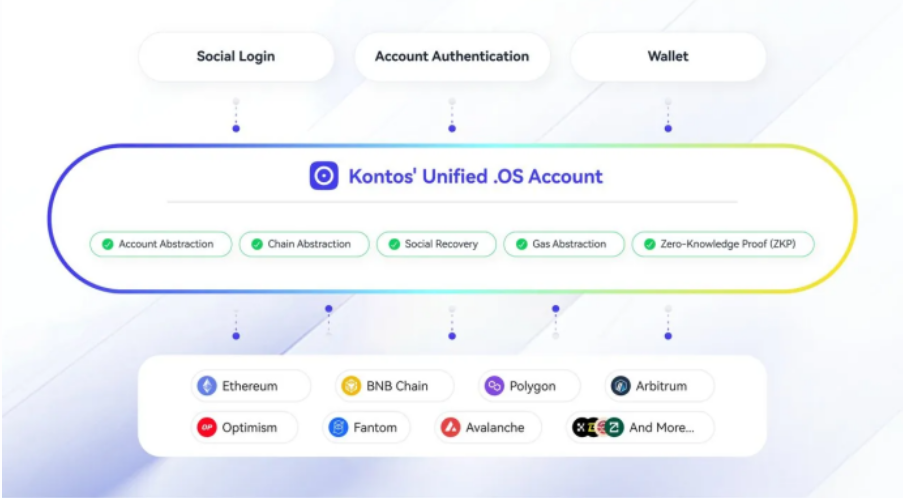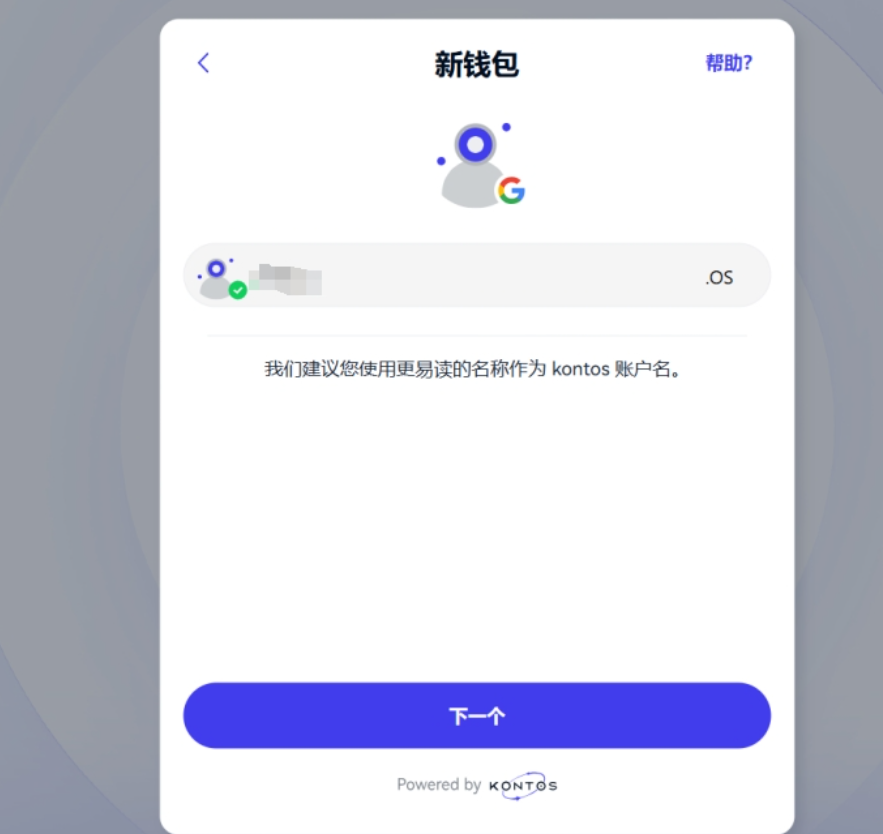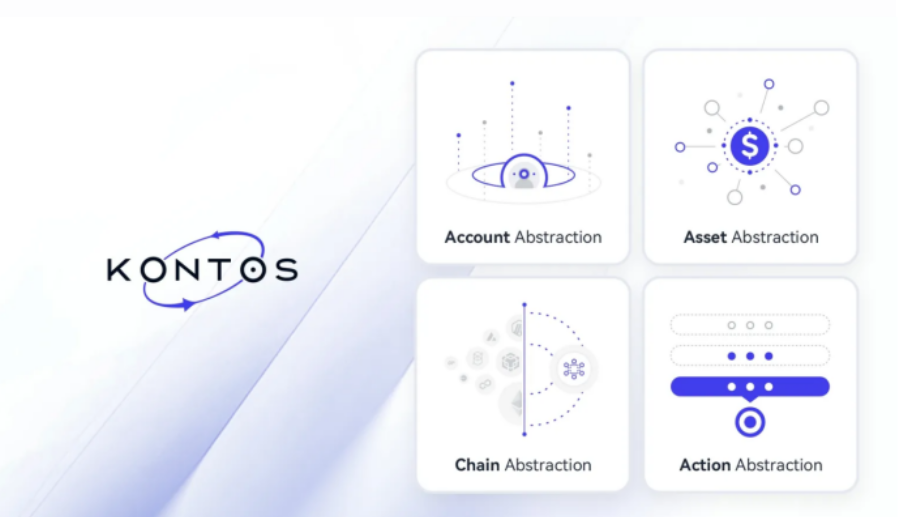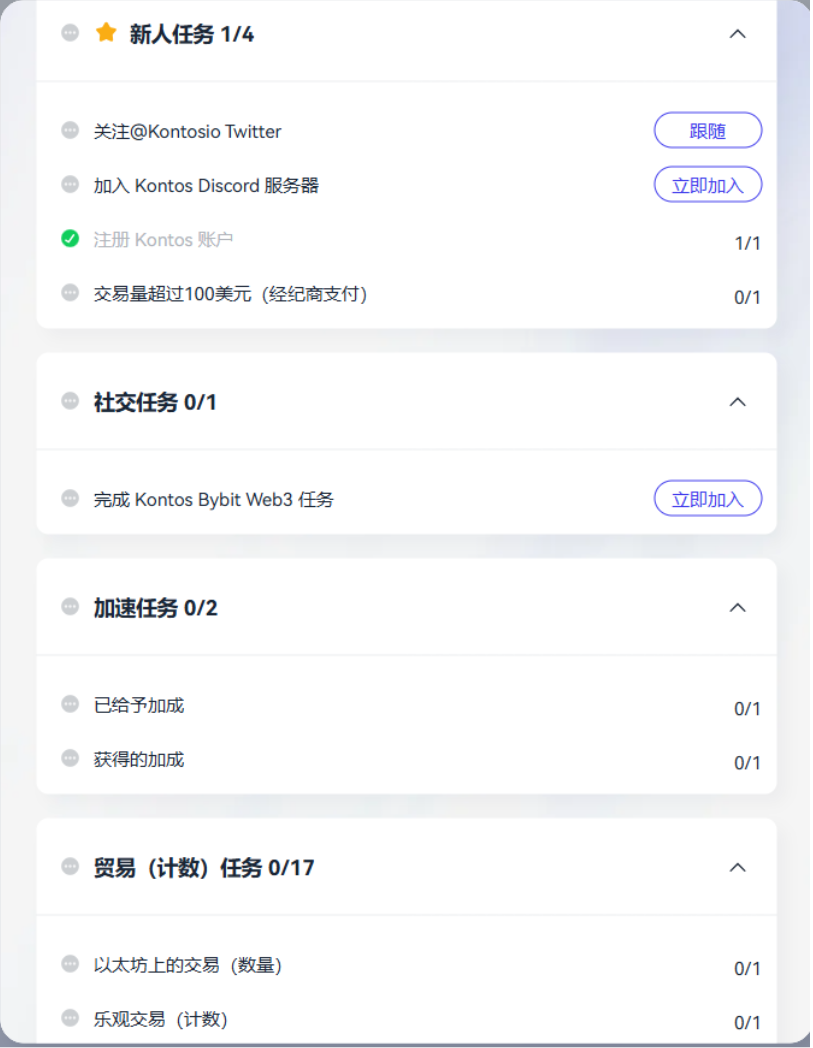Chain abstraction, as one of the most popular narratives, is trying to achieve this goal by abstracting complex blockchain concepts and transforming them into a unified model or interface. This concept aims to hide the cumbersome technical details behind the scenes, allowing users to use blockchain applications just like using Internet services, without having to worry about the underlying technical implementation and chain selection.
However, chain abstraction is not just a buzzword to attract venture capital investment, but is truly focused on meeting the current needs of users, while solving users' urgent needs for cross-chain experience and liquidity aggregation, laying the foundation for future protocol chain selection and application decisions.
However, will the overly idealistic chain abstraction vision be smoothly implemented in the multi-chain world?
Multi-chain maze, limited implementation of chain abstraction
In fact, chain abstraction is subject to dual constraints of multi-chain complexity and technical barriers in its actual implementation.
In a multi-chain environment, users need to manage assets across different chains, which requires them to master the seed phrases, network addresses, and tokens of each blockchain. This complexity not only increases the cognitive burden of users, but can also lead to serious consequences such as asset loss and transaction failure.
What’s worse, since the usage requirements of each blockchain are different and full of complexity, the liquidity on the bridge protocol tends to gradually flow to the chain with greater usage demand, resulting in an imbalance of liquidity between chains and unnecessary economic wear and tear. These restrictions directly hit the application of chain abstract narratives, making it face huge challenges in its actual implementation.
Furthermore, the fragmented nature of blockchain technology exacerbates the complexity of the multi-chain maze. Incompatibilities between different blockchains require developers to spend significant resources to redeploy smart contracts and build custom bridges. This “engineering tax” not only increases development costs, but also limits the speed and scope of innovation. The consequences of fragmentation are far-reaching, resulting in a landscape of disjointed islands of innovation that hinder user adoption and limit the potential of the technology.
In order to break the shackles of the multi-chain maze, we need to explore new technologies and solutions more deeply.
Kontos Protocol — the implementation of chain abstraction
Kontos Protocol was born as an innovative solution to the challenges of complex and insecure account management in the current multi-chain maze, a fragmented gas token ecosystem, and complex and high-risk asset bridging.
Kontos Protocol is a ZK-driven full-chain abstraction layer developed by Zecrey Labs. It is committed to simplifying the user interaction process with the blockchain through innovative chain abstraction technology, combining account, asset and chain abstraction with built-in bridge layer and AI to create a seamless cross-chain user experience.
It is worth mentioning that although Kontos Protocol has not yet announced its financing situation, its founding team Zecrey Labs has received support from many well-known investment institutions including Binance Labs, Spartan Capital, SevenX, Shima Capital, Fundamental Labs, etc. As a second-layer privacy protocol for zk-rollup, Zecrey has raised a total of US$11.5 million.
The core value of Kontos Protocol is that it provides a simple and powerful one-stop solution that enables users to interact with various blockchains without having to deeply understand the complexity of each individual network. This solution eliminates the complexity of multi-chain interaction by integrating accounts, assets, chains, and operation abstractions, simplifying the process into three simple steps: connecting Web3 accounts, expressing intentions, and completing transactions.

To this end, Kontos Protocol introduces a series of unique features.
First, Kontos established a unified account system with account recovery options, solving the problem of complex and easy loss of traditional blockchain account management.
Secondly, through the Gas abstraction function, Kontos allows users to use any supported asset as Gas payment, thereby simplifying the complexity of users having to manage multiple tokens when conducting cross-chain transactions.
In addition, Kontos Protocol also incorporates AI-driven market insights and assisted transaction analysis functions to provide users with more intelligent and accurate trading decision support. At the same time, its extremely simple cross-chain interoperability design enables users to easily transfer and trade assets between different blockchain networks.
In terms of security, Kontos Protocol uses zero-knowledge proof (ZKP) technology to ensure the high security of user data. At the same time, by using the security chip of mobile phones or computers to store private keys, users no longer need to remember complex mnemonics, further improving the security of their accounts.
Kontos Protocol Solution
Kontos Protocol’s core technology is built around four design principles to simplify account management, asset management, on-chain transactions, and action execution.
Through the two-layer account abstraction structure, Kontos has achieved an innovation in the account system. Users only need to use Google Mail to create a main account on the Kontos chain with an easy-to-read username (such as alice.os) and enter a pin code. The system will then automatically create a corresponding smart contract wallet for it on other chains, achieving unified management of AA accounts on the underlying chain.

In terms of cross-chain transaction processing, Kontos introduced the "Broker" network. When a user initiates a cross-chain operation, the Broker will prepay the required fees, including gas fees, etc., process the cross-chain asset conversion, and perform the operation intended by the user. After the operation is completed, the Broker will recover the cost from the user's specified assets, thereby providing users with an efficient and seamless cross-chain experience.
In order to ensure the security and effectiveness of cross-chain transactions, Kontos adopts an inter-chain verification mechanism. This mechanism includes a three-layer recursive proof system, which uses light clients to synchronize the status of other chains and implements efficient inter-chain verification through zero-knowledge proofs (zk-proofs), ensuring the correctness and credibility of cross-chain transactions.
In terms of asset management, Kontos supports the aggregation and unified management of cross-chain assets, allowing users to pay gas fees with any supported tokens, further simplifying the complexity of asset management.
In addition, Kontos has launched the Guardian feature, an innovative account recovery mechanism that allows users to restore their accounts by setting a trusted account or secure email address, without relying on mnemonics or private keys, thereby improving account security.

Compared with other chain abstraction products on the market, Kontos focuses more on providing users with more complete and easier-to-use cross-chain transactions.
With its innovative three-layer recursive zero-knowledge proof system and light client verification mechanism, Kontos achieves more efficient and secure cross-chain verification in technical architecture with lower cross-chain costs, higher cross-year efficiency, and lower verifier dependence.
At the same time, Kontos focuses on user experience, providing users with a "seamless" operating experience through readable account names, convenient login without memorizing mnemonics, and the flexibility of supporting any token to pay gas fees and multi-chain asset combination payments.
In addition, its perfect Broker mechanism automatically prepays gas and required assets, as well as the efficient asset management function of aggregating all chain assets in one account, further simplifying the complexity of cross-chain transactions and asset management.
In terms of security, Kontos uses hardware security module-based key management and multiple recovery mechanisms including Guardian function to ensure the security of user accounts and assets.
Kontos Protocol Ecosystem Development
Currently, Kontos supports 17 public chains, including Ethereum, Optimism, Arbitrum and other well-known public chains, providing users with a wide range of cross-chain options. According to official data, Kontos has 1.96 million accounts on the chain and 1.32 million AA accounts. In addition, Kontos has processed 10.42 million cross-chain requests and tasks, with a cumulative transaction volume of US$470 million.
As its ecosystem continues to improve and develop, Kontos has established ecological partnerships with Avalanche, OpenOcean, GMX, etc., which not only enriches the Kontos ecosystem but also provides its users with more diversified services and support.
According to the official development roadmap, Kontos plans to integrate Solana and TON in the fourth quarter of this year, after which the ecosystem will support 19 public chains.
In the middle of this month, Kontos and Bybit Web3 wallet launched an airdrop event. You only need to recharge 10 MNT to your Kontos Mantle account to participate in the 400,000 KOS prize pool event. The event is still ongoing. In addition, Kontos official interactive activities are also ongoing. Participants can get rewards by completing various tasks in the Kontos ecosystem.

As the concept of chain abstraction becomes more popular, Kontos, as a user-friendly, secure and innovative chain abstraction protocol, is gradually showing its great potential to simplify complex blockchain networks and provide seamless and intuitive access experience. Its forward-looking design concept and evolving architecture make Kontos an important gateway to the blockchain multiverse. It will play a key role in shaping the future of decentralized technology and bring unlimited possibilities and value to users.

















